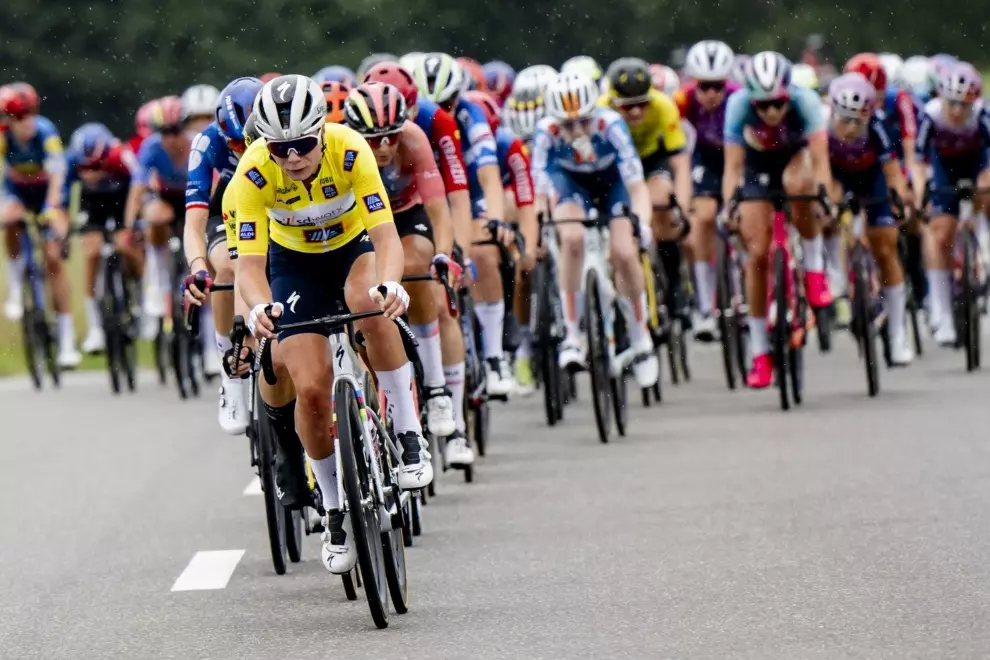Three Weeks of Tension
There are two other Grand Tours, which is how the three European major races are referred to. They are each three weeks long. The Vuelta a Espana takes place in Spain in September, but still takes energy out of riders with hot temperatures and scorching sun. The Giro d’Italia in May or June usually tortures cyclists with a horrifically hard third week of racing over the famous summits in the Alps. These stage events are gruelling and fun to watch, but the Tour de France is on a different level.
As one description says, the Tour is like mixing the atmosphere of the World Championship taking place in Italy with suspense of the classics in Belgium – not just for one day like at those races, but for more than three consecutive weeks. “The Tour gets even more tense every year thanks to media attention. Once you are there, all the stress carries over to you. That’s why there are many crashes. You also never know, if you will hit the crosswinds, which is more probable to happen in France than for example in Italy. The Tour de France is much more stressful. Also, one year you go first over Pyrenees and then across Alps, next year it`s the other way around. The Tour is different every time,” Kreuziger explains.
The Giants of the Roads
Even from the beginning, the organizers wanted to turn Tour de France into something special. They created a dazzling race with history full of legends. During the first Tours, stages were even over 400 kilometers long. The first race director, Henri Desgrange, loved to tell stories about the giants of the roads who had muscles made of steel and temperaments of iron. His heroes not only survived riding on heavy bikes and terrible roads through mountain passes, but also his crazy rules.
(photo: profimedia.cz)
A Circus on Wheels
Tour de France changed from a race with no support teams into a colorful circus on wheels with a budget in the nine figures. This “organised madness” brings hundreds of people from one city to another on every day of the race. One thing remains the same right from the beginning – there are hundreds of thousands of fans around the route. They prepare crazy decorations on the flats. In the mountains, they camp out, barbeque and drink. Sometimes, they leave such little room on the roads, they even take accidentaly riders off their bikes. Nowadays pretty much the whole world pays attention to what is going on around France in July. The fact, that July is vacation time in many countries, helps support this.
No Break
While, unlike in the distant past, the men on the bikes have huge supporting teams behind them, they still have to be extraordinarily fit and mentally strong. The pressure is huge, since every single breakaway, every interesting move, and important situation in the race is immediately covered by TV and media. That’s a great opportunity for teams and their riders to put themselves and their sponsors on a map.
Twelve to fifteen million spectators visit the Tour de France every year, and over three billion watch it on TV. That’s why there isn’t a single moment in each stage when riders can take a break – they race right from the beginning for positions on the front of the peloton to stay safe or to have a chance to hop in a breakway. Extreme speeds, spectacular crashes, and great duels between stars – all of that makes the Tour de France exceptional. The race’s history adds even more to the legend, not only among cyclists, but for the whole world.
The Tour is harder than anything else in the world of cycling. That’s an indisputable fact.






